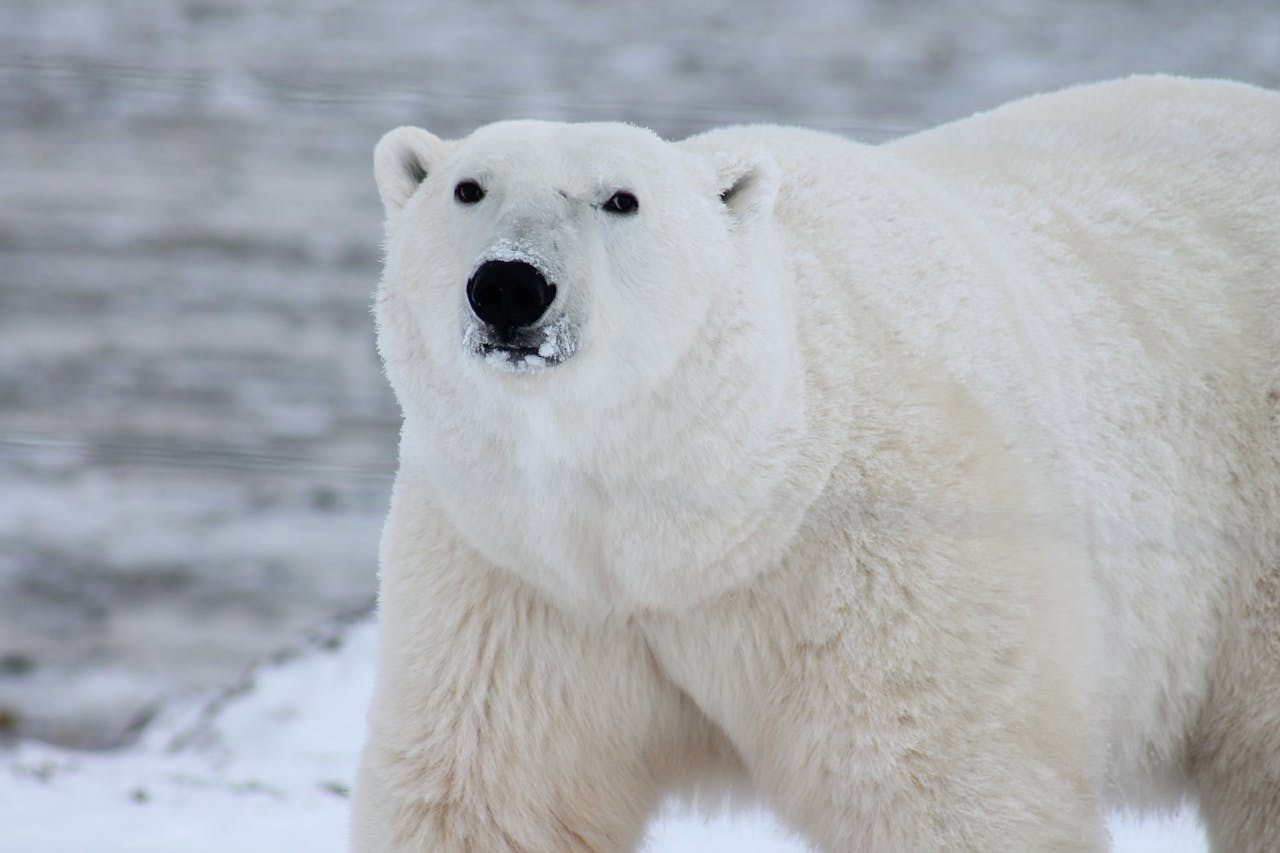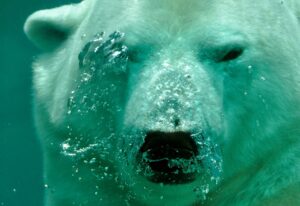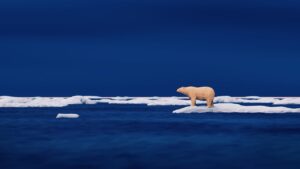Can Polar Bears Breathe Underwater? Understanding the Aquatic Abilities of Polar Bears

Polar bears, iconic creatures of the Arctic, are renowned for their remarkable swimming skills. However, a common question that arises is: can polar bears breathe underwater? While polar bears are exceptional swimmers, they cannot breathe underwater. This distinction is crucial for understanding their survival tactics and adaptations in the icy Arctic environment.
Polar bears have evolved to become powerful swimmers, capable of covering vast distances in search of food and ice. Their ability to navigate and hunt in these frigid waters is essential for their survival, especially as climate change continues to impact their habitat. Understanding these abilities is vital not only for appreciating the resilience of polar bears but also for informing conservation efforts aimed at protecting this vulnerable species.
As we explore the aquatic abilities of polar bears, it is important to dispel myths and highlight the biological realities that define their existence. By doing so, we can foster a deeper appreciation for these majestic animals and the unique challenges they face in their natural habitat.
Aquatic Adaptations of Polar Bears
Polar bears are superbly adapted to their cold, aquatic environment, possessing several key physical traits that enhance their swimming and diving abilities. One of the most fascinating adaptations is their ability to close their nostrils and ears while diving, preventing water from entering and allowing them to stay submerged longer. This adaptation is crucial for hunting seals and navigating icy waters.
Another significant adaptation is the polar bear’s thick layer of blubber, which can be up to 11 centimeters (4.3 inches) thick. This layer of fat not only provides buoyancy, helping them to float and swim with ease, but also serves as vital insulation against the freezing Arctic temperatures. Alongside this blubber, polar bears have a dense coat of fur that traps air and provides additional thermal insulation, keeping them warm both in and out of the water.
These adaptations enable polar bears to be efficient hunters and swimmers, capable of covering great distances in search of food. Their large paws act like paddles, propelling them through the water, while the webbing between their toes increases their swimming efficiency. Understanding these physical adaptations helps us appreciate the remarkable capabilities of polar bears and the importance of protecting their habitat.
Duration of Polar Bear Dives
Polar bears are adept divers, capable of holding their breath underwater for impressive durations. On average, polar bears can hold their breath for about 30 seconds to a minute while diving. However, there are documented instances where polar bears have remained submerged for much longer. The record time for a polar bear dive is approximately 3 minutes and 10 seconds, showcasing their extraordinary diving abilities.
This ability is supported by their large lung capacity, which allows them to store a significant amount of oxygen. Additionally, polar bears have high levels of myoglobin in their muscles. Myoglobin is a protein that binds oxygen, enabling the bears to sustain muscle function even when oxygen levels are low. This adaptation is crucial for their hunting strategy, as it allows them to surprise and ambush prey beneath the water’s surface.
These physiological traits underscore the polar bear’s specialization for life in the Arctic, where hunting efficiency is key to survival. Their ability to dive and remain underwater for extended periods plays a significant role in their hunting success and overall adaptability to the harsh conditions of their environment.

Underwater Hunting Techniques
Polar bears are formidable hunters, utilizing their swimming abilities to hunt seals, their primary prey. One of the most effective techniques they employ is aquatic stalking, where they swim stealthily beneath the ice to approach seals resting or swimming nearby. This method requires great patience and skill, as polar bears must remain nearly silent and invisible to avoid alerting their prey.
During a hunt, a polar bear may dive under the water, closing in on a seal from below or behind. Their large paws, equipped with webbing, help them maneuver quietly and swiftly through the water. As they approach, they often surface with little splash, aiming to catch the seal by surprise. This technique is not always successful, as seals are quick and agile in the water, often escaping if they sense danger.
Despite the challenges, polar bears’ underwater hunting techniques are crucial for their survival, especially as the availability of prey becomes more unpredictable due to climate change and melting sea ice. The ability to adapt their hunting strategies to different conditions highlights the resilience and intelligence of these remarkable animals. Understanding these techniques also emphasizes the importance of preserving their natural habitat, where these skills are honed and applied.
Myths and Realities: Can They Breathe Underwater?
A common myth about polar bears is that they can breathe underwater. This misconception likely arises from their impressive swimming and diving abilities. However, polar bears, like all land mammals, cannot breathe underwater. Despite their remarkable adaptations for an aquatic lifestyle, polar bears still need to surface regularly for air.
Unlike marine mammals such as whales and seals, which have evolved specialized adaptations like blowholes and the ability to slow their heart rates to conserve oxygen, polar bears are not equipped for prolonged submersion. Their adaptations, including the ability to close their nostrils and ears while diving, help them navigate and hunt in the water but do not enable underwater respiration.
Polar bears rely on their lung capacity and high levels of myoglobin in their muscles to hold their breath for several minutes at a time. This allows them to dive and hunt efficiently, but they must eventually return to the surface to breathe. This need to surface limits the duration they can spend underwater, distinguishing them from marine mammals that have evolved more specialized respiratory adaptations.
Understanding the true capabilities of polar bears is essential for appreciating their unique role in the Arctic ecosystem and underscores the importance of conserving their natural habitats, where these adaptations are put to best use.
Impact of Climate Change on Swimming Patterns
Climate change is having a profound impact on the Arctic, with melting sea ice dramatically altering the habitat of polar bears. As sea ice retreats, polar bears are forced to swim longer distances to find suitable hunting grounds and stable ice. This shift not only increases the physical exertion required but also raises the risk of exhaustion, especially for younger or weaker bears.
Recent studies have documented significant changes in the behavior of polar bears due to these environmental shifts. Polar bears are increasingly observed swimming hundreds of kilometers in search of food and stable ice, a stark contrast to previous decades when shorter swims sufficed. This change in swimming patterns is not without consequences; extended swims can lead to fatigue, loss of body condition, and in severe cases, drowning.
These behavioral changes highlight the growing challenges polar bears face as their icy habitat diminishes. The loss of sea ice not only reduces their access to prey, such as seals, but also disrupts their breeding and denning patterns. Observations and research suggest that these pressures are contributing to declining polar bear populations, making conservation efforts more critical than ever.

Understanding the impact of climate change on polar bears is essential for developing effective conservation strategies. Protecting these animals requires global efforts to mitigate climate change and preserve their natural habitat, ensuring they have the resources needed to survive.






